On the second day, we explored the borax plants in Death Valley, the Rhodes Spring cabin and the grave of the famous “Shorty” Harris.
Armagosa Borax Works
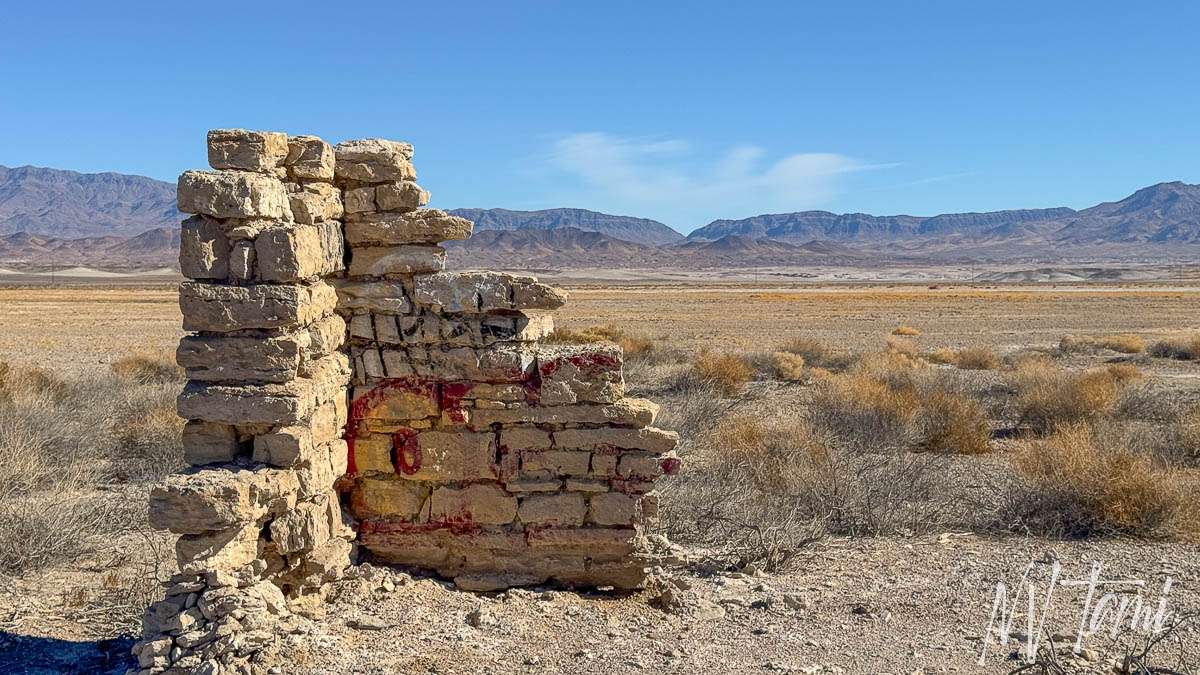
During the heat of the summer at Harmony where temps could reach, workers and operations moved to Armagosa on the east side of Death Valley. Twenty mule teams transported borax to the railroad. It operated for 4 years, closing in 1888.

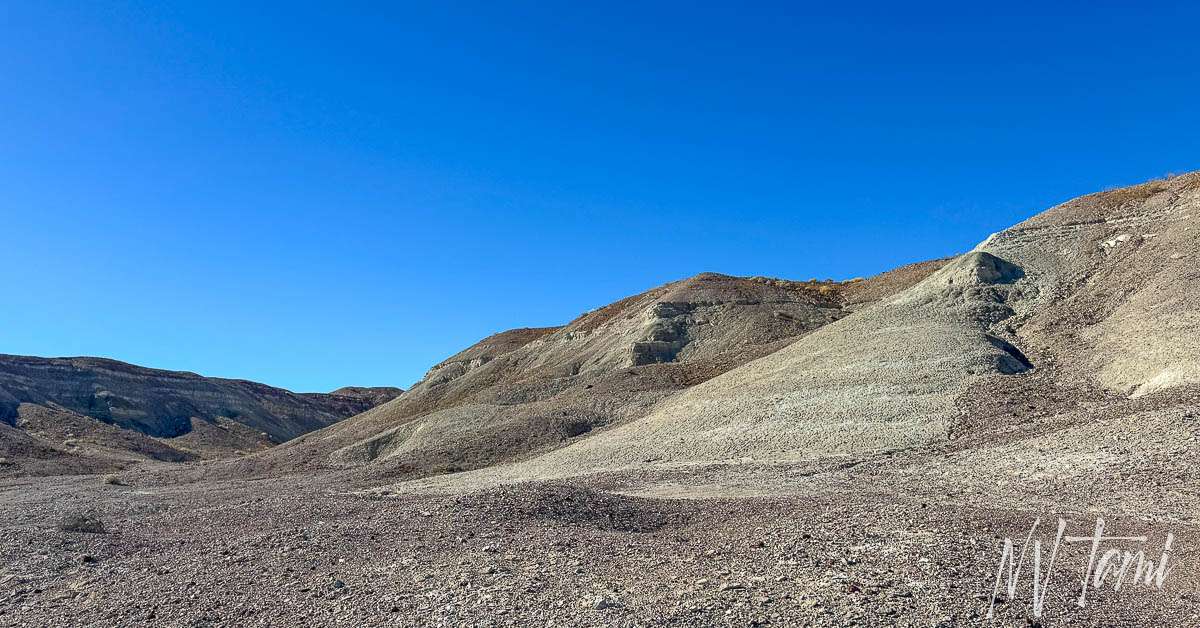
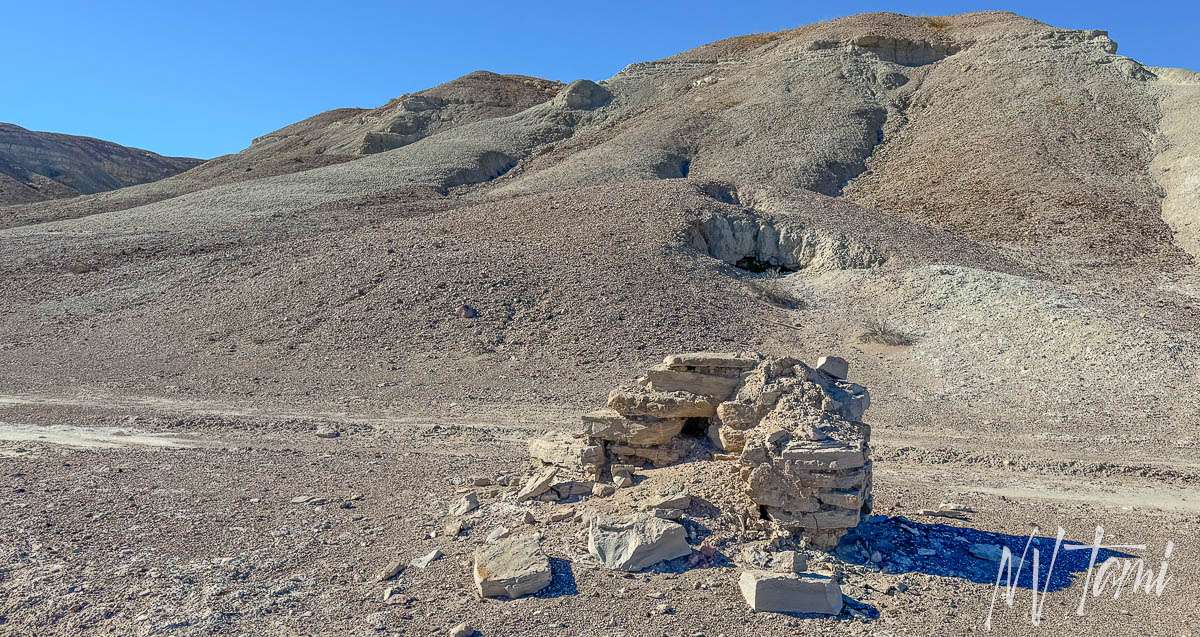
Rhodes Spring
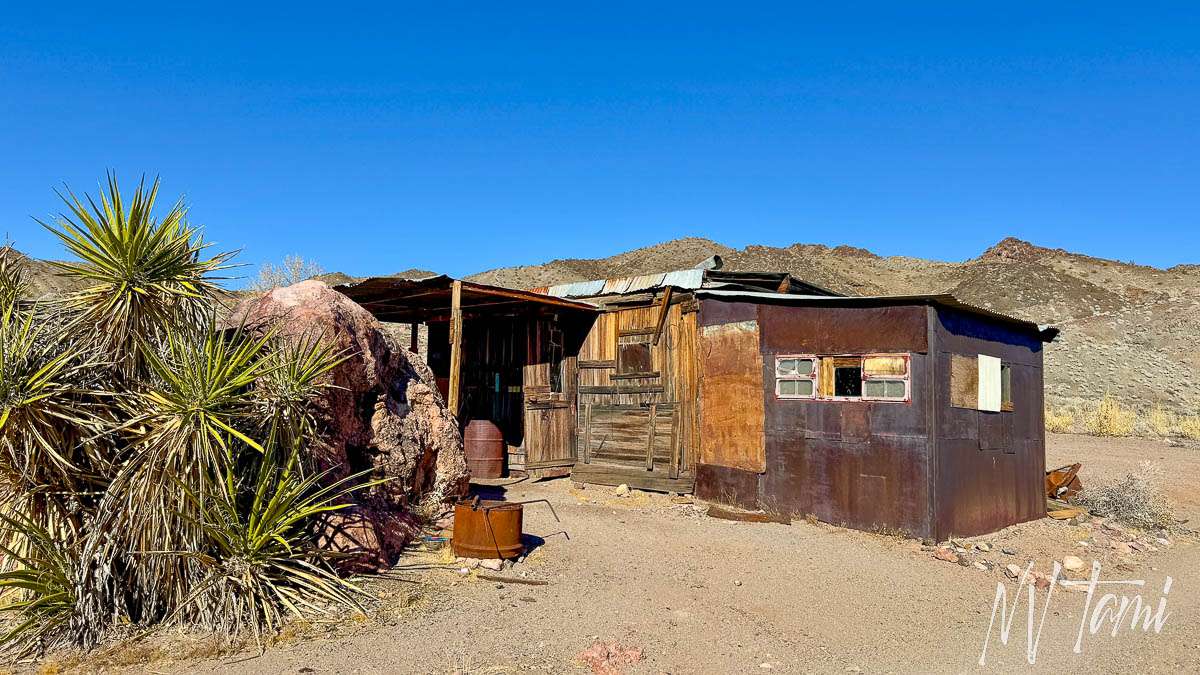
Albert G. Rhodes discovered silver in 1886. Rhodes and investors disappeared into the desert, returning to the mine. In 1894, Rhodes’s cousin also disappeared. Prospectors began working Rhodes claims following the rush to Greenwater, and they formed a small settlement. Activity occurred for several years but declined with the economy. In the 1930s, Lou McGirk worked on the claims and built a cabin. Mining occurred periodically through the 1950s.
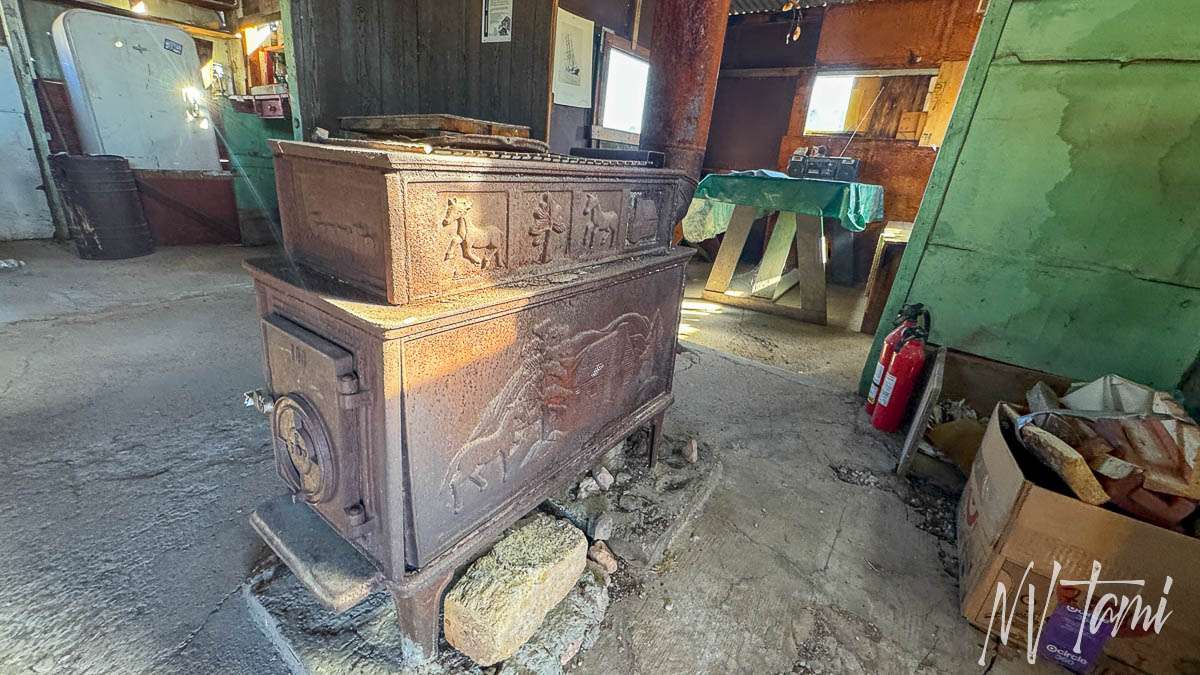
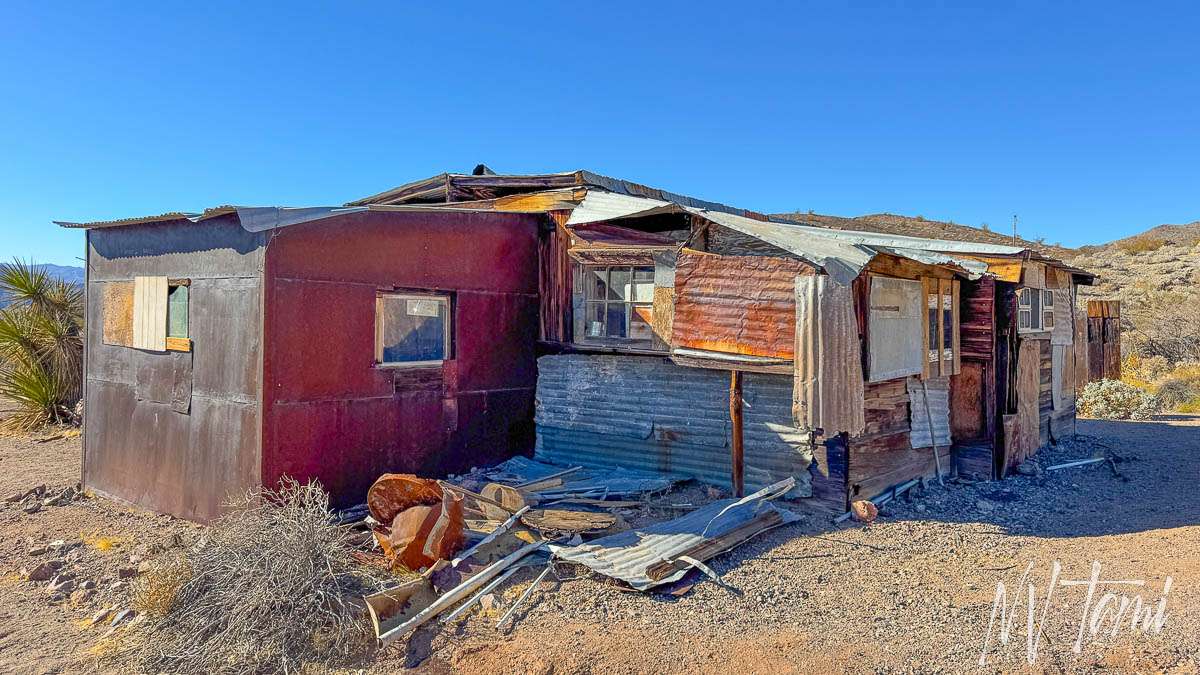
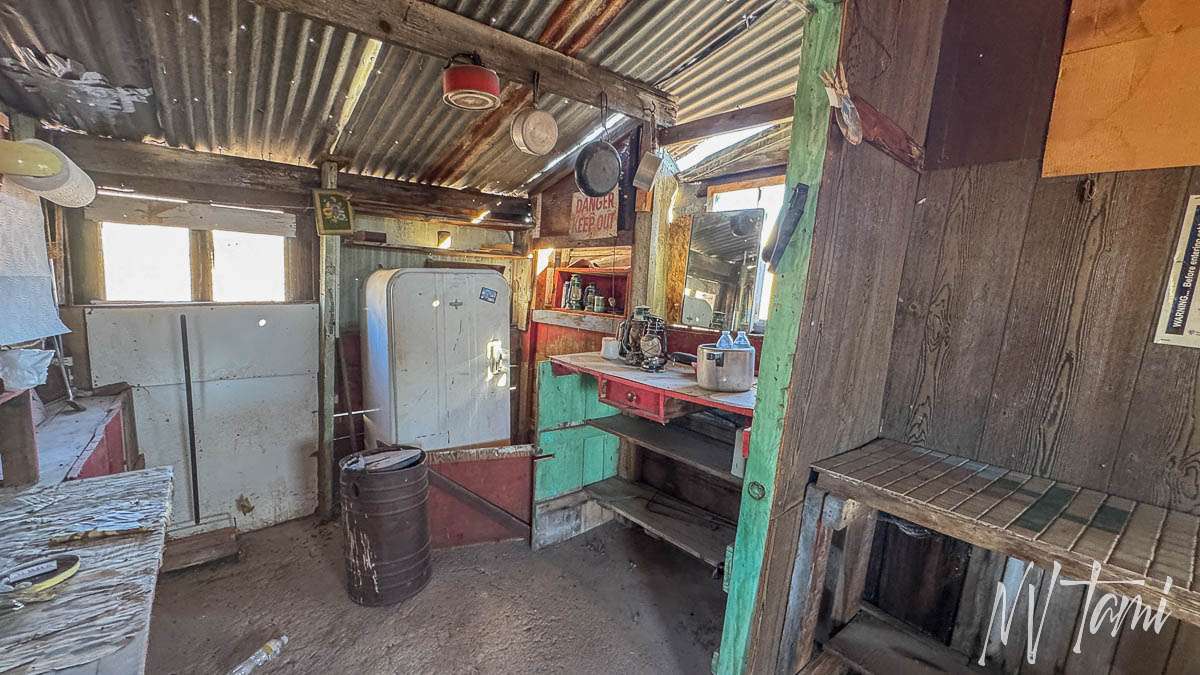
Ashford Mill
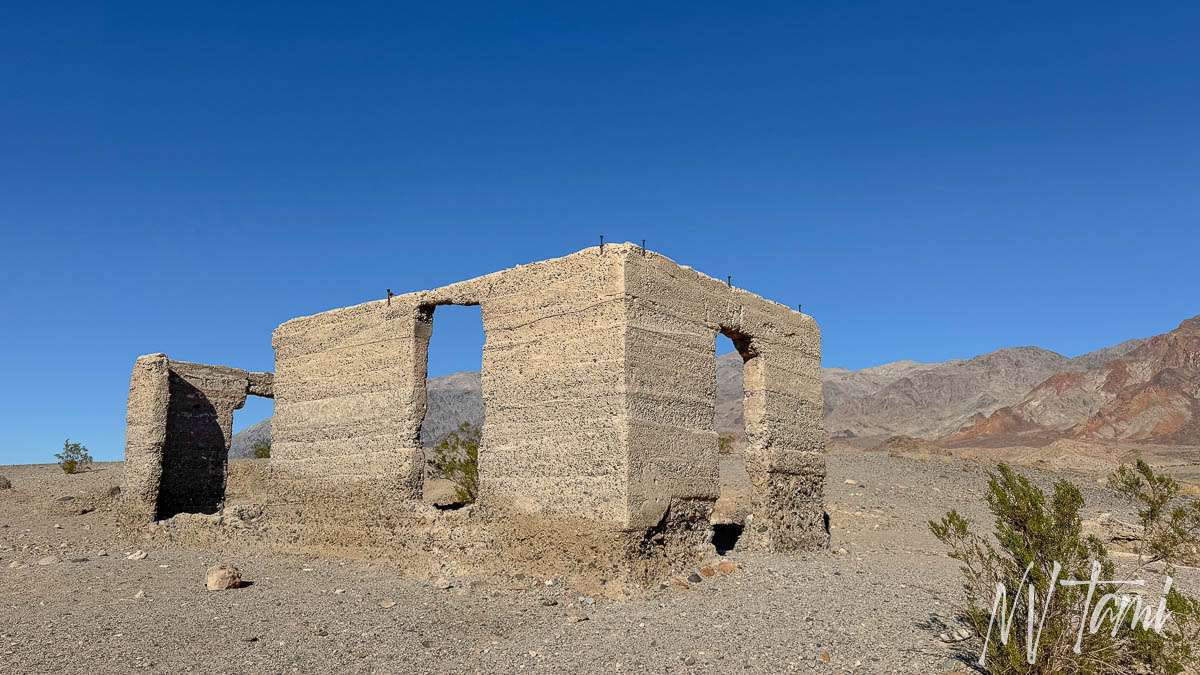
In 1907, Harold Ashford discovered the Golden Treasure Mine gold mine. He worked on his claims with his brothers from 1910 to 1914. B. W. McCausland and his son, Ross, leased the mine in 1914. They employed 28 men and invested $125,000 in the mines. On the floor of Death Valley, 3,500 feet below their mine, they built a 40-ton capacity mill. They recovered $100,000 in gold, insufficient to cover their operating expenses. The mine and mill operated several times until 1941 but costs outweighed profit.
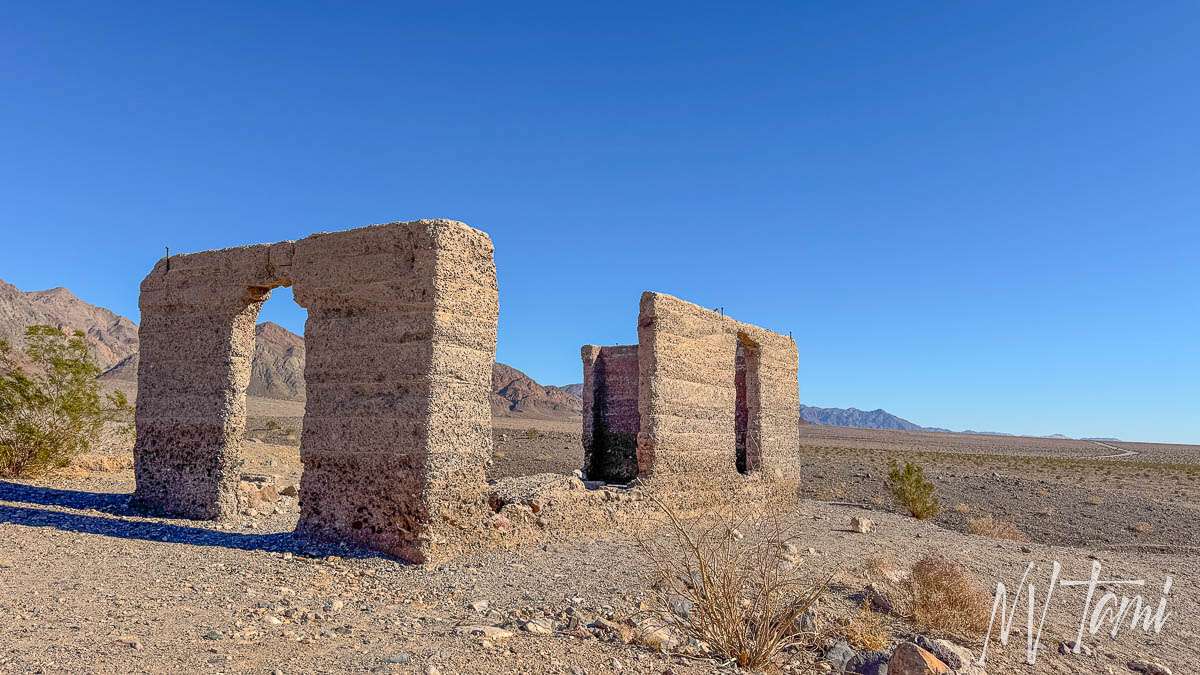
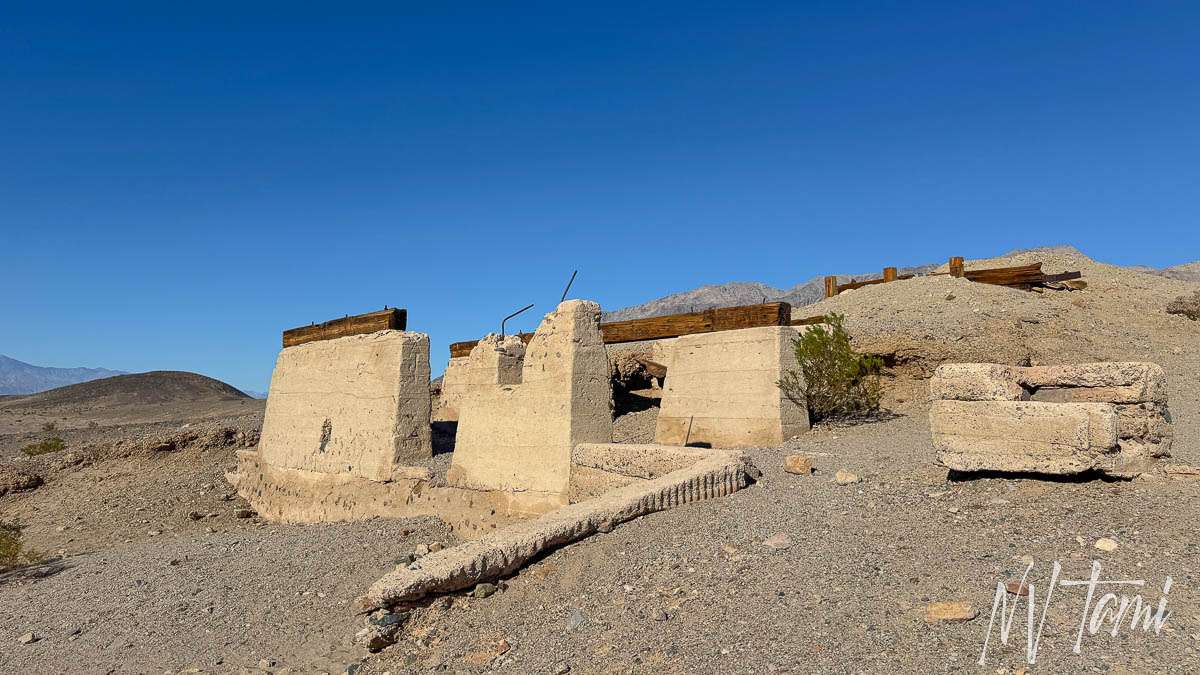
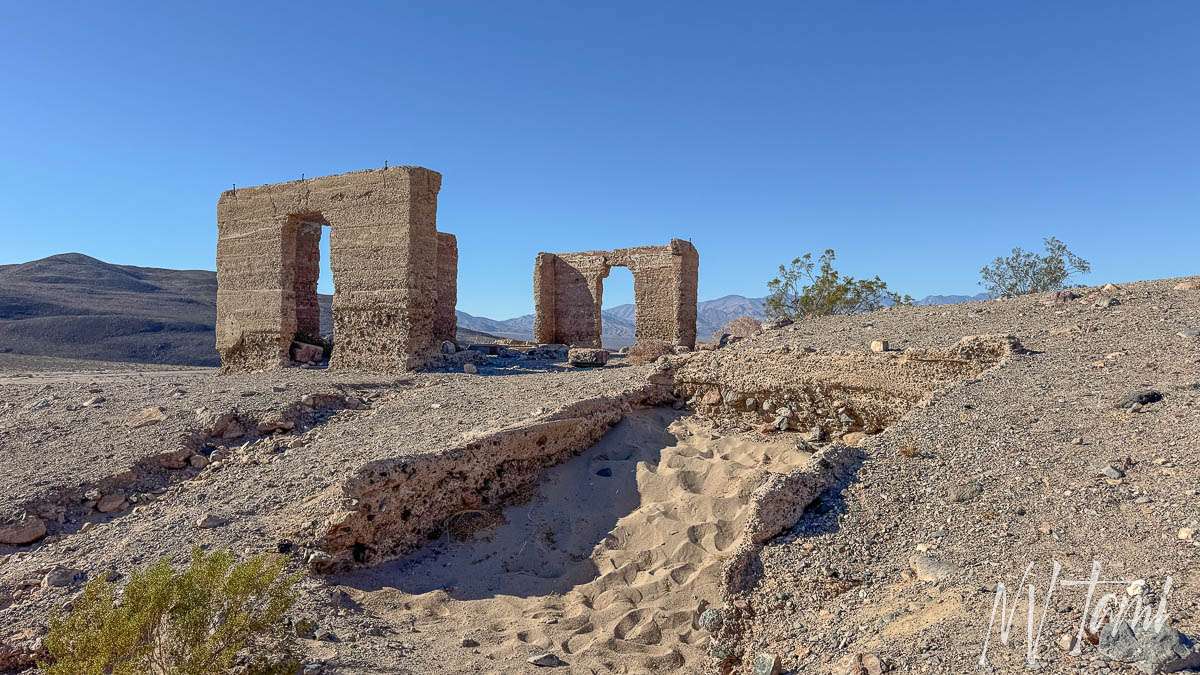
“Shorty” Harris Grave
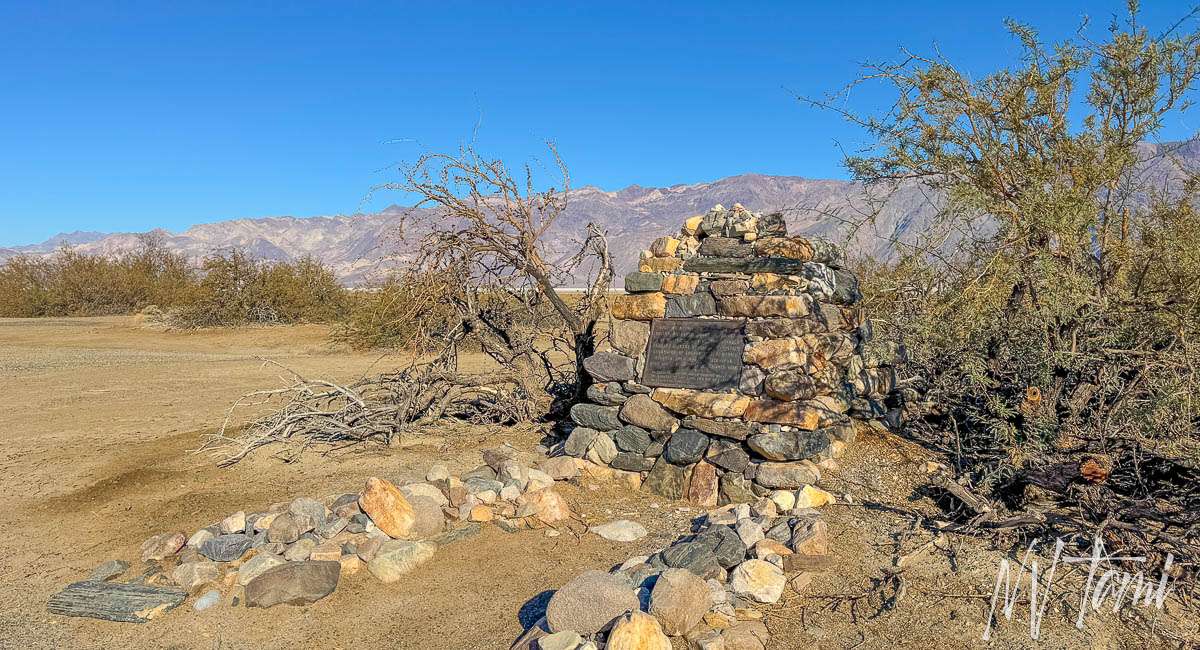
Frank “Shorty” Harris is likely Death Valley’s most famous prospector. Standing only a few inches over 5 feet tall led to his nickname. It is said Shorty could smell gold and was responsible for many of the mining booms, including Bullfrog. Shorty didn’t work the claims; he quickly sold them to investors. He went to town, celebrated his find at the saloon, spent all his money and went on the hunt for gold again.
Shorty died at his cabin in Big Pine in 1934. He asked to be buried where he requested, at the bottom of Death Valley near where his friend James Dayton is buried. The epitaph reads, “Here lies Shorty Harris, a single blanket jackass prospector.”

Eagle Borax Works
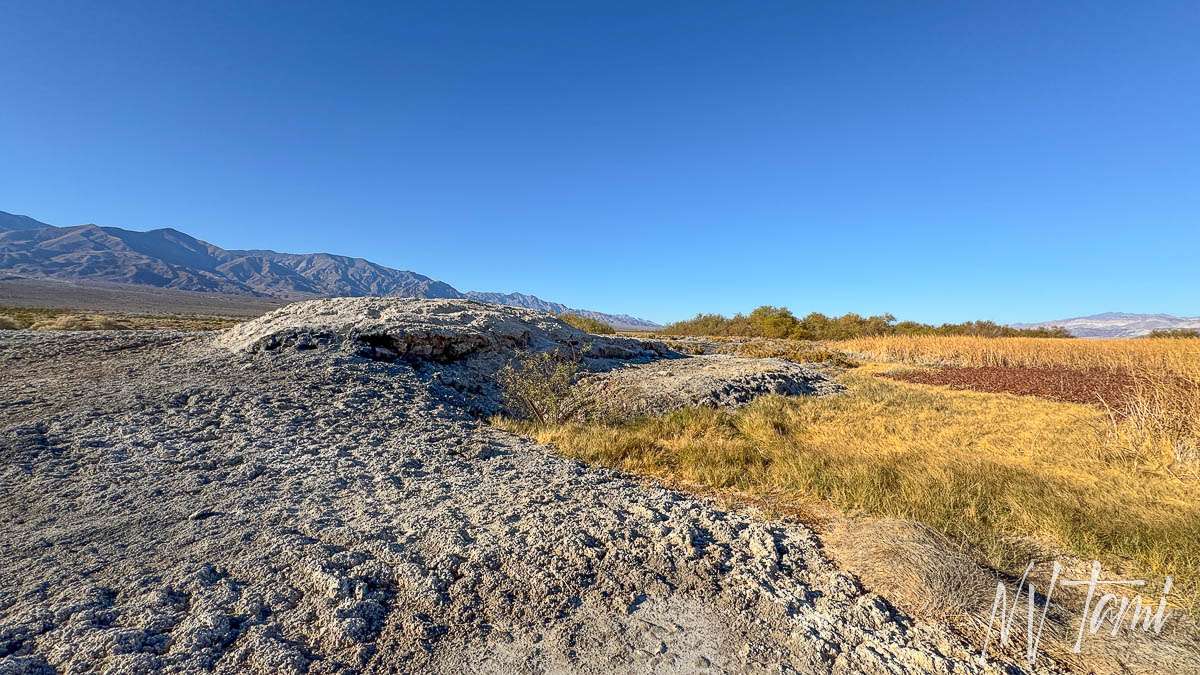
Isidore Daunet, J.M. McDonald, M. Harmon and C.C. Blanch started Eagle Borax Works, the first borax plant, in Death Valley in 1882. They transported the borax with 12-mule teams. By 1884, problems increased and owner Daunet committed suicide. U.S. Borax Company and Borax Consolidated continued to work the plant.
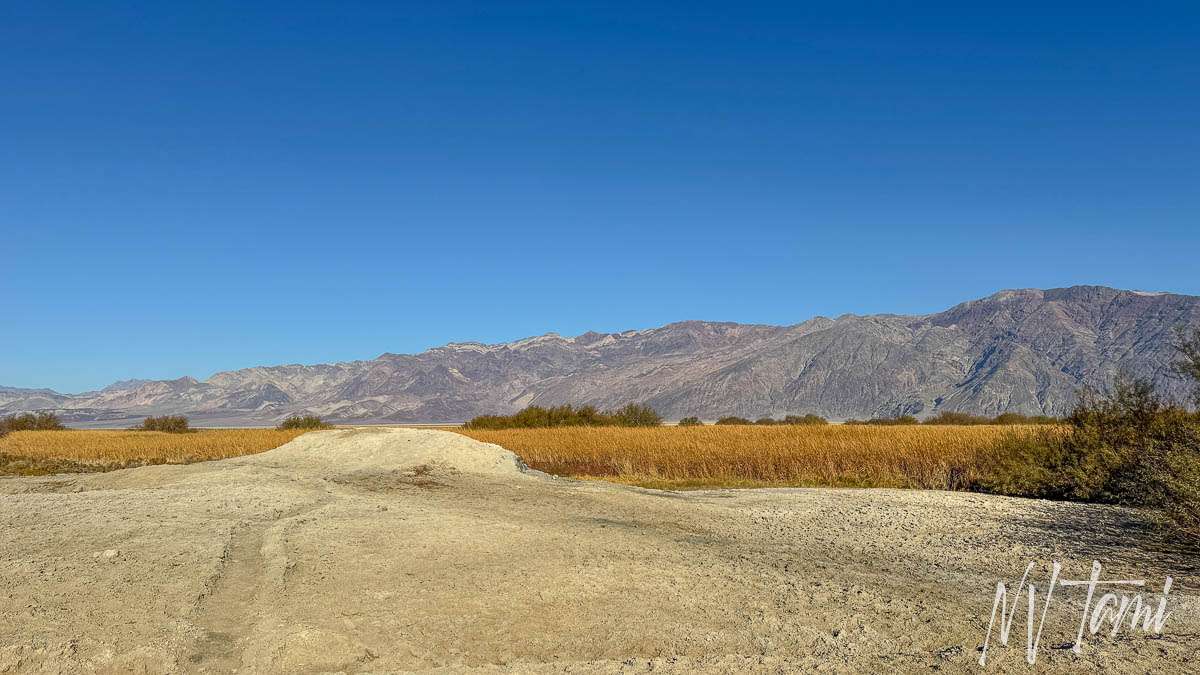
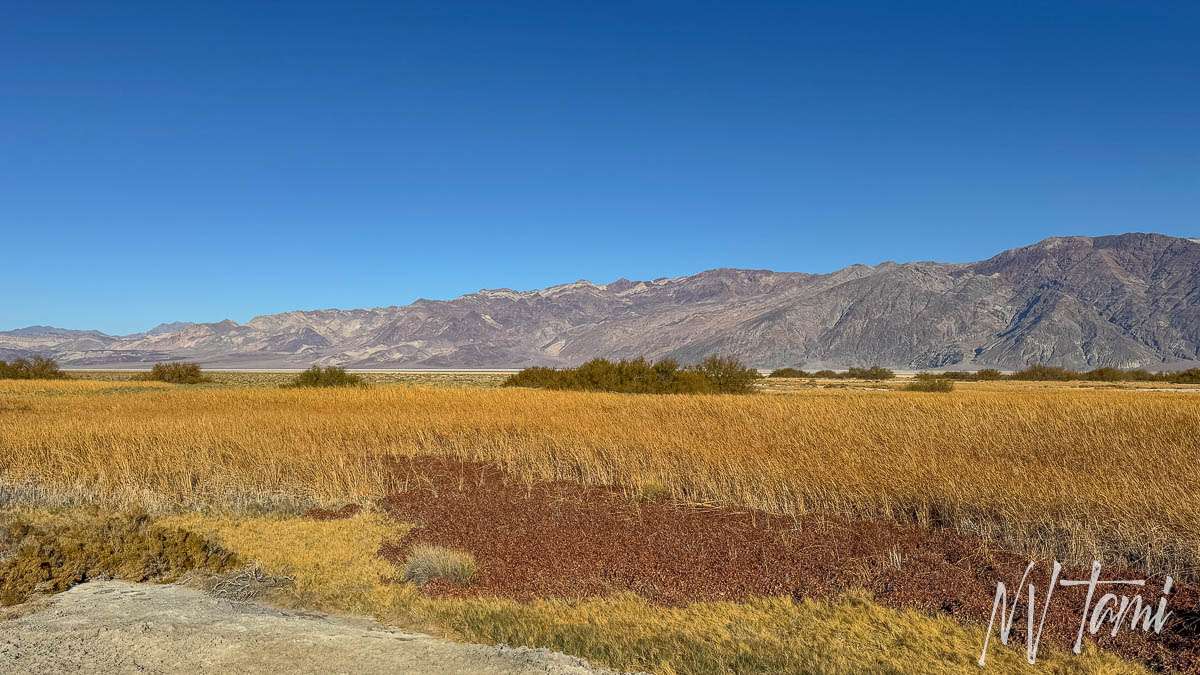
Harmony Borax Works
William T. Coleman built the Harmony Borax Works in 1881. Forty men worked at the plant, and in the heat of the summer, they relocated to Armagosa Borax Works. Chinese workers gathered the ore from Death Valley and transported it to the factory by single horse cart.
Harmony became famous for the 20 mule teams that transported the borax. Harmony only operated for 5 years.




Leave a Reply